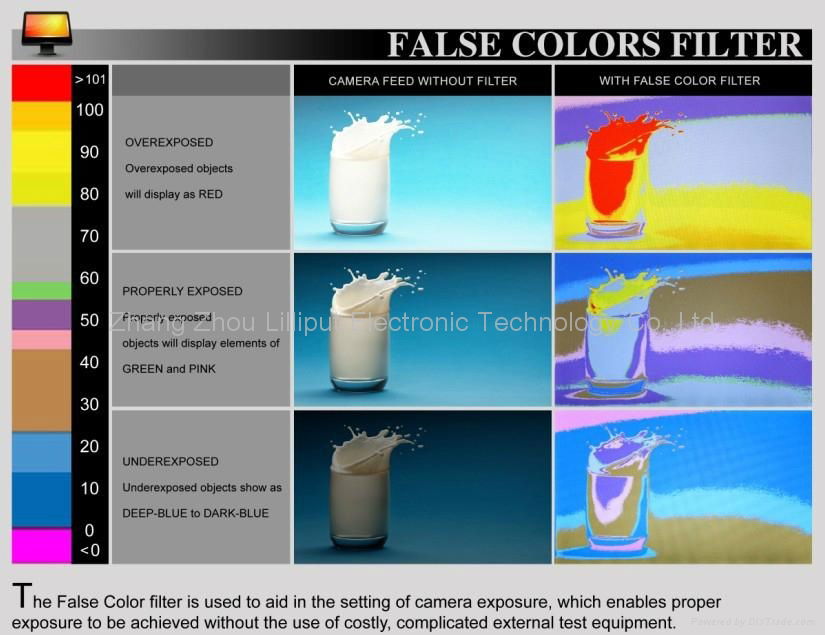- Posts: 156
- Joined: Wed Jul 17, 2013 1:11 pm
- Location: Lancashire, England
There is no reason to have to instruct your colourist to drop the exposure - just set it in camera.
Expose for 400 and you are ETTR by 1 stop.
Expose for 200 and you are ETTR by 2 stops.
As demonstrated in this test - it shouldnt affect the final image by setting it to either 200 or 400 in camera for raw - rather than 800 and then adjusting it to the correct level in post:
For ProRes or DNxHD - you would want to do the pulling in camera before compression anyway - so again, set it to the correct level in camera.
As an added bonus - it makes it much easier to monitor on the LCD.
There is no reason I can think of to film in an ETTR process and still have the camera set to 800.
With the 4.6k sensor claimed to be 800 ISO I really hope if I go with it (my third BM cam), which seems likely, it's not designed to require you to ETTR.
I also felt the BMCC may have been designed this way for marketing reasons and the claimed DR.
The camera is not "designed to require you to ETTR" - it just has a sufficiently high bit depth towards the top end to allow it to be possible in the first place. For the sake of argument - lets assume that the camera does indeed capture a full 13 stops of DR - and you want to film which happens to contain that level of difference in the light levels. You would need to shoot this at 800 - as this is where the signal is not boosted or attenuated digitally - giving you a completely captured scene.
In reality - many many scenes either A) don't contain that massive range or B) the parts of a shot which are above a certain point are not important to capture, such as the sun or a specular highlight.
So in these situations - because the camera has such a high bit depth (22bits before DSP to 16) - you can decide to either:
A) keep it at 800 and not fully use the entire range
B) Shift your exposure slightly to more fully saturate the sensor, giving a better signal to noise ratio and thus cleaner image.
This option is not a bad thing, or a design - it is just possible because of how the camera works.
Many cameras effectively allow for it to different degrees - Even the 5D Mkii with its ASA 50 - that is ETTR by 1 stop. It digitally reduces the image from 100 by 1 stop to achieve it. It gives you less range but a cleaner image.
Its a choice not a requirement.
Having the option is never a bad thing.
Would you rather have 800 and not be able to get a cleaner image at lower values????
I cannot fathom how this is somehow considered a bad thing.









